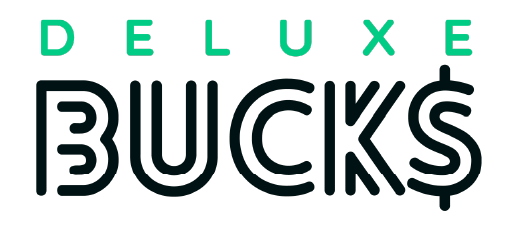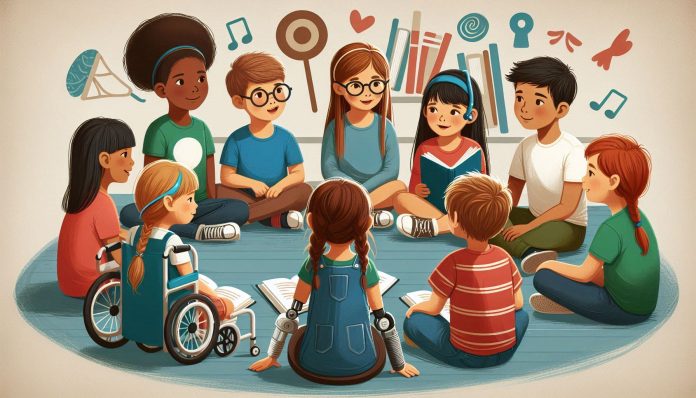Special Education: Meeting Diverse Needs
Special education is a vital aspect of our educational system, designed to meet the unique needs of students with disabilities. It ensures that all students, regardless of their challenges, have access to quality education. But what exactly does special education entail, and how does it cater to such a wide range of needs?
Understanding Special Education
Definition and Purpose
Special education refers to tailored instructional programs designed to meet the individual needs of students with disabilities. Its primary purpose is to provide these students with the same educational opportunities as their peers.
Historical Background
The concept of special education has evolved significantly over the years. Initially, students with disabilities were often excluded from mainstream education. However, advocacy and legislative changes have paved the way for more inclusive practices.
Types of Special Needs
Learning Disabilities
These include conditions like dyslexia and ADHD, which affect a student’s ability to read, write, or concentrate.
Physical Disabilities
This category includes students with mobility issues, cerebral palsy, or other physical impairments that require special accommodations.
Emotional and Behavioral Disorders
Students with conditions like anxiety, depression, or conduct disorders fall into this category. They often need specialized behavioral interventions.
Sensory Impairments
This includes students who are deaf or hard of hearing, as well as those who are blind or have low vision.
Developmental Disabilities
Conditions like autism spectrum disorder and Down syndrome require specialized instructional strategies to support learning and development.
Legal Framework and Policies
International Laws and Conventions
Various international agreements, such as the UN Convention on the Rights of Persons with Disabilities, mandate inclusive education practices.
National Policies and Regulations
Countries have their own laws and policies to ensure the rights of students with disabilities are protected. For example, the Individuals with Disabilities Education Act (IDEA) in the United States.
Assessment and Identification
Early Detection
Early identification of disabilities is crucial for effective intervention. This often involves screening programs and developmental checklists.
Assessment Tools and Techniques
Educators use a variety of tools, such as standardized tests and observational assessments, to identify students’ needs accurately.
Individualized Education Programs (IEPs)
Purpose and Importance
IEPs are customized plans developed for each student with a disability. They outline specific goals and the services required to achieve them.
Components on Effective IEP
Creating a successful IEP involves collaboration between educators, parents, and specialists to ensure it meets the student’s unique needs.
Inclusive Education
Definition and Benefits
Inclusive education means integrating students with disabilities into mainstream classrooms. This approach benefits all students by promoting diversity and understanding.
Strategies for Inclusion
Effective inclusion strategies include co-teaching, differentiated instruction, and the use of assistive technology.
Challenges and Solutions
Inclusion can be challenging due to factors like lack of resources or training. However, ongoing professional development and community support can address these issues.
Specialized Teaching Strategies
Differentiated Instruction
This approach involves tailoring teaching methods to accommodate different learning styles and abilities.
Assistive Technology
Tools like speech-to-text software and adaptive keyboards can significantly enhance learning for students with disabilities.
Behavioral Interventions
Techniques such as positive reinforcement and behavior modification plans help manage and improve student behavior.
Role of Educators and Support Staff
Teacher Training and Professional Development
Ongoing training is essential for educators to stay updated on best practices in special education.
Collaboration with Support Staff
Working with specialists like speech therapists and occupational therapists ensures comprehensive support for students.
Parental and Community Involvement
Importance of Family Engagement
Parents play a crucial role in their child’s education. Their involvement can significantly impact the student’s success.
Community Resources and Support
Community organizations and support groups provide valuable resources and assistance to families of children with disabilities.
Challenges in Special Education
Common Obstacles
Challenges include limited funding, lack of trained staff, and societal stigma.
Strategies to Overcome Challenges
Advocacy, increased funding, and public awareness campaigns can help address these issues.
Success Stories
Case Studies of Successful Integration
Highlighting real-life examples of students who have thrived in inclusive settings can inspire and motivate others.
Inspirational Stories
Sharing stories of individuals who have overcome significant challenges can provide hope and encouragement.
Future of Special Education
Emerging Trends and Innovations
Technological advancements and new teaching methods are continually improving special education.
The Role of Technology
Innovations like virtual reality and AI are opening new possibilities for personalized learning experiences.
Conclusion
Special education is a dynamic and essential field that strives to meet the diverse needs of students with disabilities. By understanding and addressing these needs, we can create a more inclusive and equitable educational system for all.
FAQs
What is the main goal of special education?
The main goal is to provide students with disabilities the same educational opportunities as their peers, tailored to their unique needs.
How can parents support their children with special needs?
Parents can support their children by staying involved in their education, advocating for their needs, and utilizing community resources.
What are some common misconceptions about special education?
Common misconceptions include the belief that special education is only for students with severe disabilities or that it segregates students from their peers.
How does inclusive education benefit all students?
Inclusive education promotes diversity, empathy, and understanding among all students, preparing them for a diverse society.
What are the future trends in special education?
Future trends include the increased use of technology, personalized learning plans, and a greater emphasis on inclusive practices.


